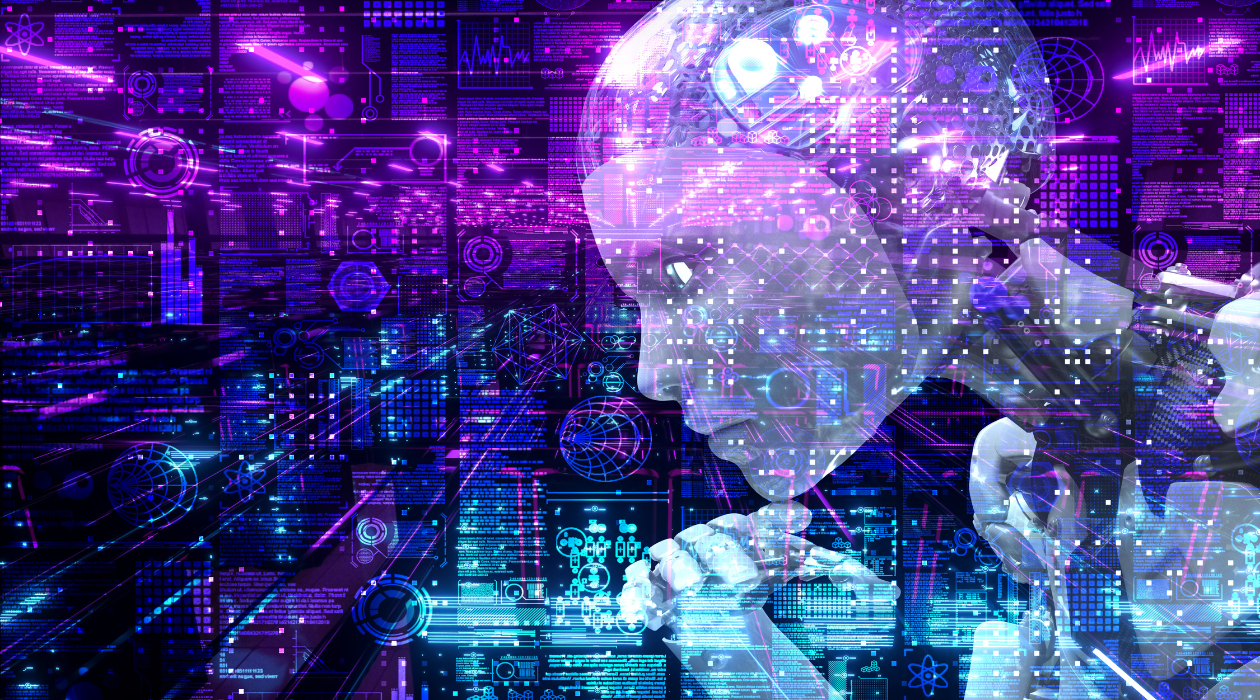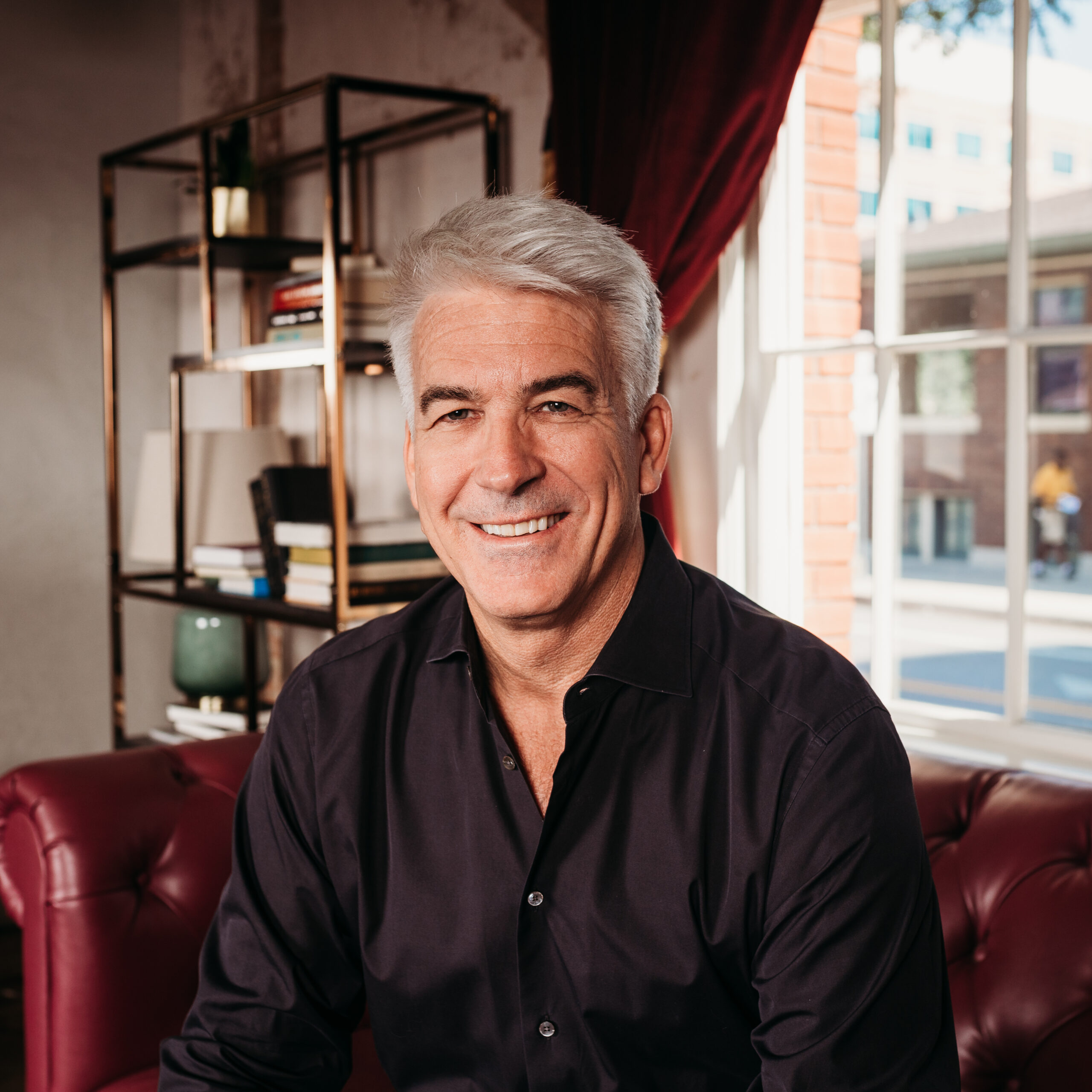The Conversation We Should Be Having About AI

By Erick Sigmond
If you attended the Cannes Lions festival last week, or even read about it, you may be just a little sick of hearing about AI. Artificial intelligence was by far the most talked-about subject at the festival. There were more than ten sessions at the Palais alone that officially covered the topic, and countless others that touched on it in one way or another. While some of them were definitely worth attending, many more seemed to barely scratch the surface of anything truly insightful or actionable. While disappointing, I think that may have been the larger point.
There’s no question that advances in artificial intelligence and the continued integration of generative AI features into the products we use every day will change the way we work and live. However, after spending a week bouncing from panel to panel and catching the conversations in between, I noticed a few assumptions about AI that we as marketers need to interrogate to get the most out of the tech.
AI IS A TOOL, NOT A TACTIC
After spending hours walking the work in the basement of the Palais one morning, it became clear that we may be missing the real opportunity with AI. Campaign after campaign touted using AI as the thing that differentiated it from other campaigns and relied on it most heavily to boost earned media impressions. Sure, some of the uses were clever and made sense for the campaign, but at times I found myself in a sea of sameness.
We are marketers, and we have a tendency to use buzzwords. A lot. We (and our clients) typically gravitate towards the latest and greatest shiny object to “differentiate” ourselves from the competition and ensure the brand is on top of the latest trend. We try to create the appearance of innovativeness, and often the appearance is enough. But we should not be treating AI this way. Instead, we should be focused on unlocking the most impactful utilities the tech can provide for ourselves, for our clients, and for their customers. Instead of focusing on the use of AI for the sake of getting attention, we should be thinking about how we can provide the best product experiences and how the tech can enable that. It may not be the way to drive the most impressions, but it will be the most value-additive.
OUR DAY-TO-DAY WILL (EVENTUALLY) LOOK DIFFERENT
Google’s James Manyika, SVP of Research, Technology and Society, compared the introduction of AI to that of photography in the 1820’s and its impact on art. Many artists were afraid that this new technology would kill the need for portraiture and landscape painting. What it did instead was remove the need for artists to mimic reality and allowed them to express their creativity in new ways—leading to the birth of Impressionism, Cubism, Surrealism, Expressionism, Modernism and more.
While Manyika’s view definitely unlocked an ‘aha’ moment for me, the perspective that resonated with me the most was one I garnered casually over lunch at a small cafe with some colleagues and another festival goer. The introduction of AI to the marketing and advertising sector was compared to the mass adoption of computers and spreadsheet programs in the accounting industry. Instead of recording every financial transaction by hand and balancing books manually, accountants now had tools that could do it for them, and at scale. It didn’t eliminate the need for accountants; it enabled accountants to solve more-complex problems with increasing efficiency. AI will have a similar impact on marketers.
THE OUTPUT IS ONLY AS GOOD AS THE INPUT
Perhaps the largest concern about AI discussed at the festival was the toll it would take on creative and the humans that bring creative to life. Many fear that AI will replace the need for writers and even visual artists. And yes, while it will change some aspects of the day-to-day of these fields, I believe filmmaker Makoto Nagahisa put it nicely when he said, “AI is just wet clay.” While not a perfect analogy, it resonated with me because of how it brought together the idea of the artist and the medium (and maybe a little bit because of my recent interest in ceramics). AI is not just wet clay, because it is not inert and can behave unpredictably. The point is that AI has no more of a creative voice, or perspective, or empathy, or vulnerability — than a lump of clay. For those, we need humans. Without human creativity, we will not achieve the caliber of work it requires to truly make an emotional connection with our audiences. Generative AI will never replace the inspiration and genius that comes from great creative; it will only speed up the process of getting there.
Erick Sigmond is Director of Connections Strategy at TMA, based in Dallas.


